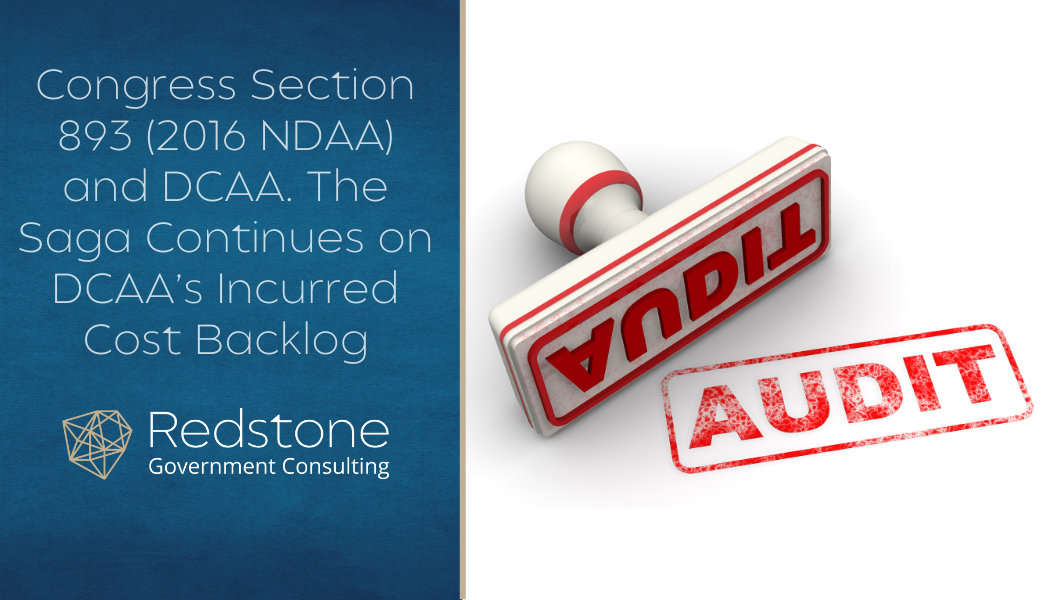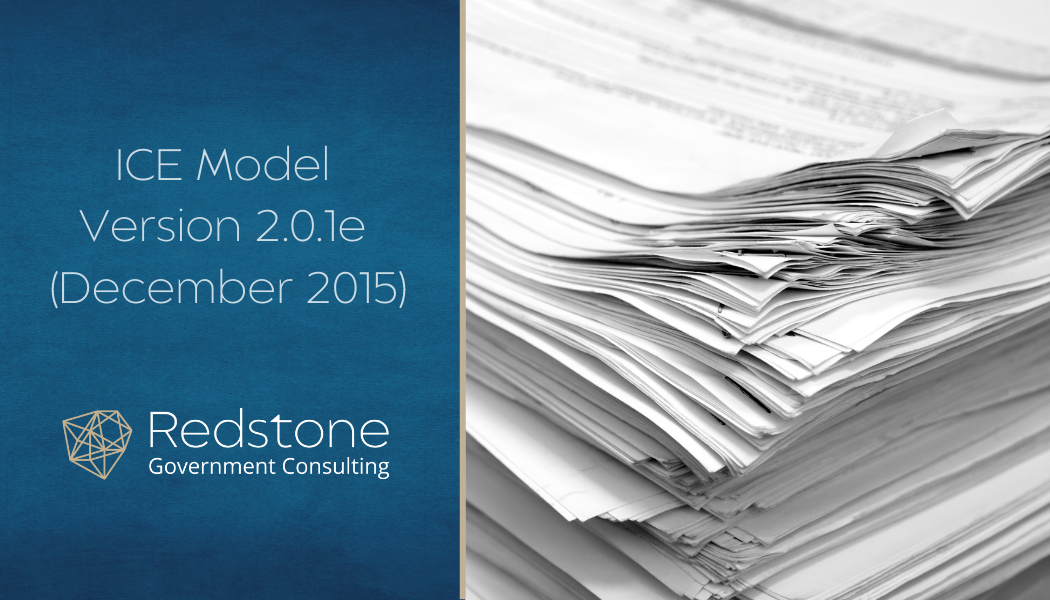Client success stories are a huge part of our consulting efforts. Unfortunately, in many cases, due to the nature of the work we do, we can’t always congratulate our clients publicly on their successes. However, when the opportunity arises and we can offer good news about our clients, we appreciate the chance to publicly share those accomplishments, with their permission.
Our client, Main Sail, LLC is a veteran-owned small business certified in ISO 9001:2008 that helps its customers evaluate business needs, as well as develop and implement solutions in the areas of business process management, program and project management, enterprise resource planning, systems engineering and integration and staff augmentation. They provide these services to a variety of federal sector clients including the Department of Defense and related agencies (DLA, DFAS, NAVSEA, et. al) as well as many non-defense related agencies like the DOE, DOI, USDA and GSA.










